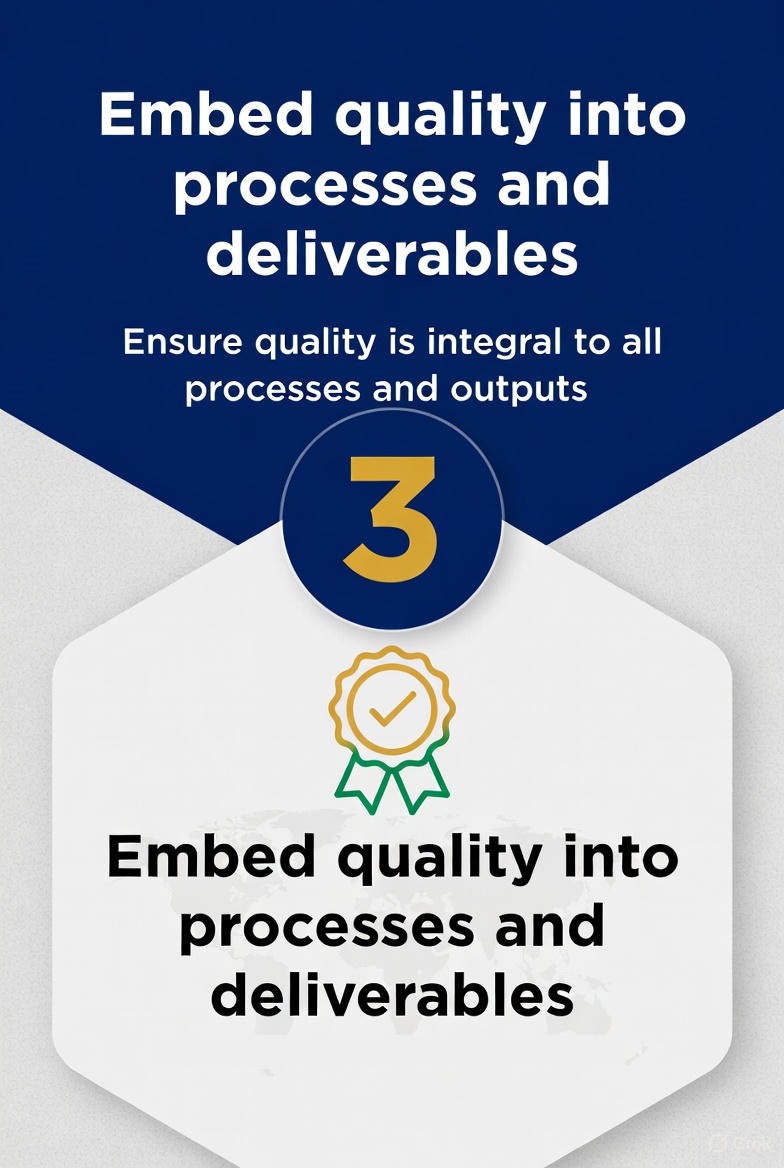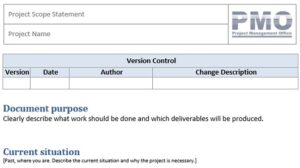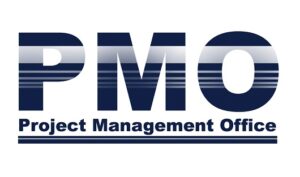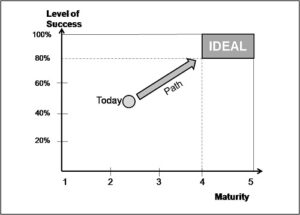Quality has always been a core aspect of project management, but the PMBOK® Guide – Eighth Edition elevates it from a control function to a behavioral principle.
The third principle, “Embed quality into processes and deliverables,” emphasizes that excellence must be designed, practiced, and sustained throughout the entire project lifecycle — not inspected at the end.
This article explores how PMBOK 8 reframes quality as an organizational capability, integrated across governance, execution, and value realization. It also shows how quality connects with the seven performance domains to ensure consistency, trust, and stakeholder satisfaction.
What Does “Embed Quality” Mean?
To embed quality means to make it an inherent property of both processes and outcomes.
In PMBOK 8, quality is not a checkpoint or department — it’s a shared responsibility.
It involves establishing the conditions under which excellence can naturally emerge: clear standards, aligned expectations, empowered teams, and transparent feedback.
Embedding quality includes three complementary dimensions:
- Quality of Intent: Alignment between project purpose and organizational values.
- Quality of Process: Repeatable, optimized ways of working that reduce defects.
- Quality of Outcome: Deliverables that meet or exceed stakeholder expectations.
Together, these dimensions create a self-reinforcing system of continuous improvement.
From Quality Control to Quality Mindset
Traditional approaches treated quality as a reactive activity — inspect, test, and fix.
The PMBOK 8 principle promotes a proactive mindset: design processes and behaviors that prevent defects and enable continuous learning.
| Traditional View | PMBOK 8 Quality Principle |
|---|---|
| Quality control after production | Quality integrated from planning to delivery |
| Reactive inspections | Preventive culture |
| Separate QA department | Shared responsibility across the team |
| Compliance-focused | Value and experience-focused |
| Fixing defects | Eliminating root causes |
This shift ensures that quality is not an event — it’s a constant state of awareness and improvement.
Quality Across the Performance Domains
Quality influences every domain of project performance described in the PMBOK® Guide – Eighth Edition.
| Performance Domain | How Quality Is Embedded |
|---|---|
| Governance | Defines standards, roles, and accountability mechanisms for continuous improvement. |
| Scope | Ensures deliverables meet defined acceptance criteria and stakeholder expectations. |
| Schedule | Integrates quality checks and validation milestones into the delivery plan. |
| Finance | Allocates resources for prevention, assurance, and learning activities. |
| Stakeholders | Promotes transparency and co-creation to align on quality standards and feedback loops. |
| Resources | Develops competencies and tools to sustain performance excellence. |
| Risk | Identifies potential quality risks early and manages them through prevention plans. |
This integration guarantees that quality becomes a strategic enabler of trust and long-term value.
Embedding Quality in Practice
To make quality an integral part of daily work, project leaders should structure their governance, teams, and workflows around preventive excellence.
1. Design Quality into Governance
Define quality objectives in the project charter and governance framework.
Include metrics for stakeholder satisfaction, defect rates, and continuous improvement.
2. Establish Clear Acceptance Criteria
Translate value expectations into measurable acceptance thresholds.
Use them to guide development, review, and closure activities.
3. Implement Built-In Feedback Loops
Integrate feedback mechanisms into each phase — such as retrospectives, client reviews, or automated testing.
4. Empower Teams to Act on Quality
Train teams to identify and resolve quality issues autonomously.
Encourage early escalation of problems instead of late-stage fixes.
5. Measure and Learn
Adopt performance dashboards that track leading indicators (process adherence, test coverage) and lagging indicators (defect trends, rework cost).
Use lessons learned to improve future performance domains and project standards.
Quality and the Value Principle
Embedding quality is directly linked to the “Focus on Value” principle.
Poor quality erodes value, while consistent quality reinforces trust, reputation, and satisfaction.
In PMBOK 8’s value system, quality becomes a multiplier of benefits — enhancing stakeholder perception and reducing total lifecycle cost.
Example:
A software project that releases a stable, secure, and user-friendly platform delivers far greater long-term value than one that simply meets deadlines with technical debt.
Thus, quality is both a driver and a reflection of value.
Quality, Leadership, and Culture
The “Be an Accountable Leader” and “Build an Empowered Culture” principles also reinforce quality.
Leaders model accountability by setting the tone for ethical work and continuous learning.
Empowered teams sustain quality because they understand why it matters — not just how to do it.
Leadership actions that foster quality:
- Reward teams for preventing problems, not just solving them.
- Encourage experimentation and learning from failure.
- Provide access to the right tools, training, and autonomy.
A culture of quality grows where people feel trusted, capable, and responsible for outcomes.
Measuring Quality Performance
Embedding quality requires metrics that capture both the presence and impact of quality behaviors.
Example Metrics:
- First Pass Yield (FPY): Percentage of deliverables accepted without rework.
- Defect Density: Number of issues per deliverable size.
- Customer Satisfaction Index (CSAT): Stakeholder perception of quality.
- Cost of Quality (CoQ): Ratio of prevention and appraisal cost to failure cost.
- Lessons Learned Implementation Rate: Percentage of recommendations applied in subsequent projects.
These indicators provide early visibility into systemic weaknesses and opportunities for excellence.
Continuous Improvement as the Core of Quality
Quality in PMBOK 8 is a dynamic pursuit.
It’s about evolving practices, leveraging feedback, and improving performance across the entire portfolio.
Continuous improvement involves:
- Conducting regular performance reviews across domains.
- Benchmarking against industry standards.
- Capturing lessons learned as assets for the organization’s knowledge base.
- Reinforcing a growth mindset where quality is everyone’s job.
When organizations internalize this approach, quality stops being an effort — it becomes their identity.
Conclusion
The third principle of the PMBOK® Guide – Eighth Edition — “Embed quality into processes and deliverables” — turns excellence into a daily habit rather than a final inspection.
It reminds project professionals that quality must live in the governance model, the culture, and the way teams make decisions.
When combined with the other PMBOK 8 principles — Adopt a Holistic View, Focus on Value, Be an Accountable Leader, Integrate Sustainability, and Build an Empowered Culture — this principle ensures that project performance consistently delivers trust, reliability, and measurable value.
Embedding quality is not just about perfection — it’s about purposeful improvement that sustains value across every project and every team.
Call to Action:
References
Project Management Institute (PMI). A Guide to the Project Management Body of Knowledge (PMBOK® Guide) – Eighth Edition. Newtown Square, Pennsylvania, USA: Project Management Institute, 2025. PMBOK Guide 8: The New Era of Value-Based Project Management. Available at: https://projectmanagement.com.br/pmbok-guide-8/
Disclaimer
This article is an independent educational interpretation of the PMBOK® Guide – Eighth Edition, developed for informational purposes by ProjectManagement.com.br. It does not reproduce or redistribute proprietary PMI content. All trademarks, including PMI, PMBOK, and Project Management Institute, are the property of the Project Management Institute, Inc. For access to the complete and official content, purchase the guide from Amazon or download it for free at https://www.pmi.org/standards/pmbok if you are a PMI member.





